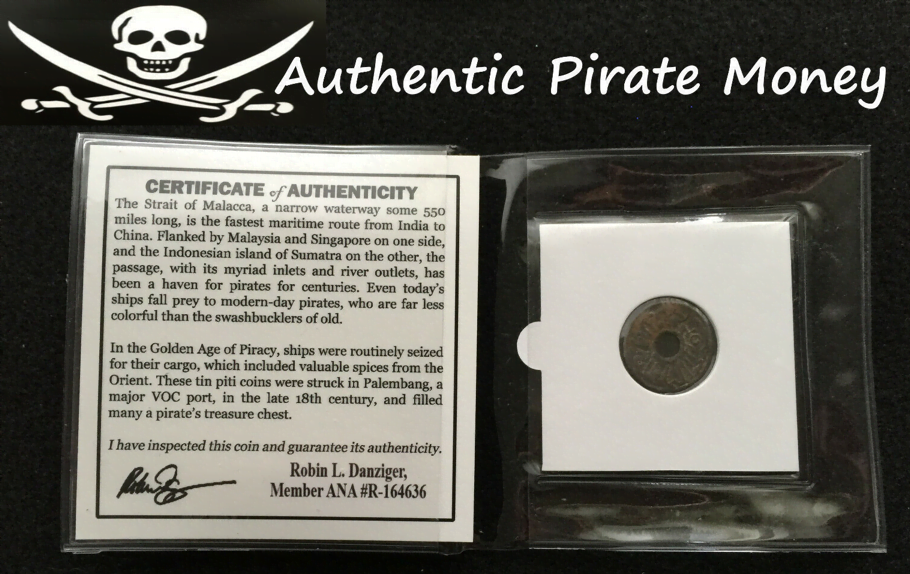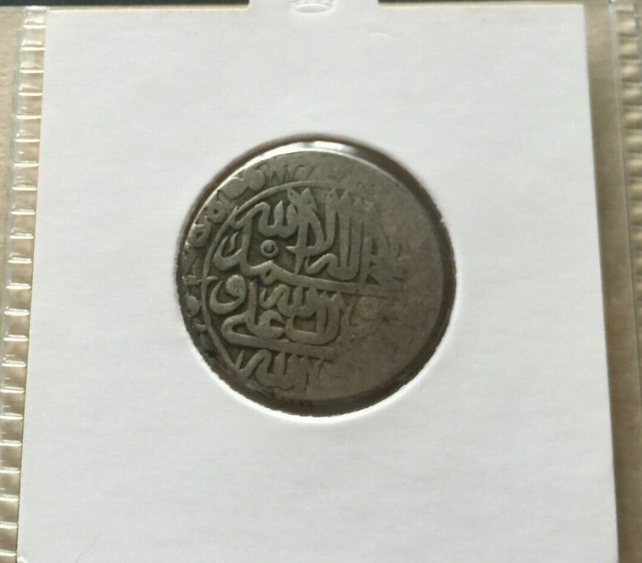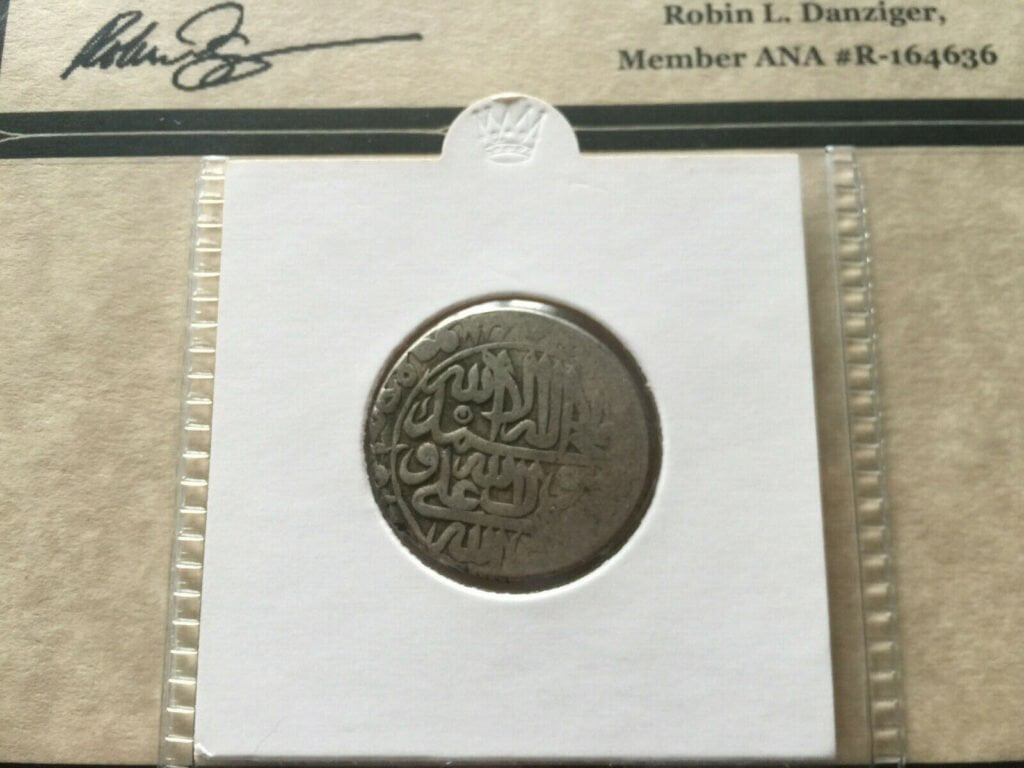Currency collection, pirate coins, silver pirate coins
Pirate coins have long captured the imaginations of treasure hunters, historians, and collectors worldwide. These intriguing pieces of currency not only carry the allure of hidden treasure and swashbuckling adventures but also provide a fascinating glimpse into the history of piracy and seafaring. Among the most sought-after pirate coins are those made of silver, which holds a special place in the hearts of numismatists and enthusiasts alike. In this article, we will embark on a journey through the world of silver pirate coins, exploring their historical significance, their association with famous pirates, and the excitement they continue to evoke in collectors today.
The Allure of Silver Pirate Coins
Silver pirate coins, often referred to as “pieces of eight,” were the preferred form of currency among pirates during the “Golden Age of Piracy” from the late 17th to the early 18th century. These coins were typically minted in Spain’s colonies in the New World, particularly in Mexico and Peru. The most famous silver pirate coins were Spanish reales, which were minted in various denominations, including 8 reales (the famed piece of eight), 4 reales, and 2 reales.
One of the reasons silver pirate coins hold such fascination is their association with the notorious pirates who roamed the Caribbean and the Atlantic Ocean. The likes of Blackbeard, Captain Kidd, and Calico Jack are just a few of the infamous pirates known to have used these silver coins in their illicit activities. The allure of holding a tangible piece of history that may have passed through the hands of these legendary figures is undeniably captivating.
Historical Significance
Silver pirate coins played a crucial role in the pirate economy of the time. They were used not only to pay crew members and purchase supplies but also as a means of trade with merchants and other pirates. The prevalence of silver coins in pirate loot is well-documented, and their value and recognition were widely accepted across different regions and cultures.
The Spanish reales, with their distinctive designs and high silver content, became a symbol of wealth and power. They were highly coveted by pirates due to their consistent weight and purity, making them easily recognizable and universally accepted. The allure of silver pirate coins extended beyond their monetary value, as they represented the spoils of successful raids and the freedom of a life lived on the high seas.
Collecting Silver Pirate Coins
For numismatists and collectors, acquiring silver pirate coins is like uncovering a piece of buried treasure. These coins carry not only historical value but also a sense of adventure and mystery. Collectors seek out coins with well-preserved designs and markings, as these provide valuable insights into the era and the specific pirates associated with them.
When collecting silver pirate coins, it is essential to be aware of the market and the potential for counterfeits. Due to their popularity, some unscrupulous individuals may attempt to pass off replicas or altered coins as genuine pirate artifacts. To ensure authenticity, it is advisable to purchase coins from reputable dealers or auction houses that specialize in numismatics. Additionally, conducting thorough research and consulting with experts can help collectors make informed decisions and avoid scams.
Frequently Asked Questions (FAQ)
Q: Are all silver coins from the pirate era considered pirate coins?
A: No, not all silver coins from the pirate era are considered pirate coins. Pirate coins specifically refer to the currency that pirates used during the Golden Age of Piracy, such as Spanish reales. While other silver coins may have been in circulation during that time, the term “pirate coins” generally applies to those coins associated with piracy.
Q: How rare are silver pirate coins?
A: The rarity of silver pirate coins can vary depending on factors such as the specific coin, its condition, and historical significance. Some coins may be more common due to their widespread circulation, while others, especially those with unique markings or connections to famous pirates, can be extremely rare and highly sought after by collectors.
Q: Can I find silver pirate coins through metal detecting?
A: While it is possible to find silver pirate coins through metal detecting, it is a rarity. The passage of time, exposure to the elements, and the fact that pirate coins were often buried or lost in remote locations make them challenging to find. However, successful discoveries have been made by dedicated treasure hunters in select areas known for pirate activity.
Q: Are silver pirate coins legal to own?
A: Yes, owning silver pirate coins is legal in most countries. However, it is essential to research and comply with any relevant laws and regulations regarding the ownership and trade of historical artifacts and numismatic items in your specific region.
Conclusion
Silver pirate coins represent a fascinating chapter in the history of piracy and seafaring adventures. Their allure lies not only in their silver content but also in the stories of the pirates who once used them. For collectors, these coins hold a special place, offering a tangible connection to a thrilling era of treasure, battles, and daring escapades on the high seas. As they continue to capture the imagination of enthusiasts worldwide, silver pirate coins remind us of a bygone era and the indomitable spirit of those who sought fortune and adventure on the open waters. Whether you are a seasoned collector or a curious history enthusiast, exploring the world of silver pirate coins is sure to ignite a sense of wonder and curiosity as you delve into the tales of treasure and adventure that they embody.


